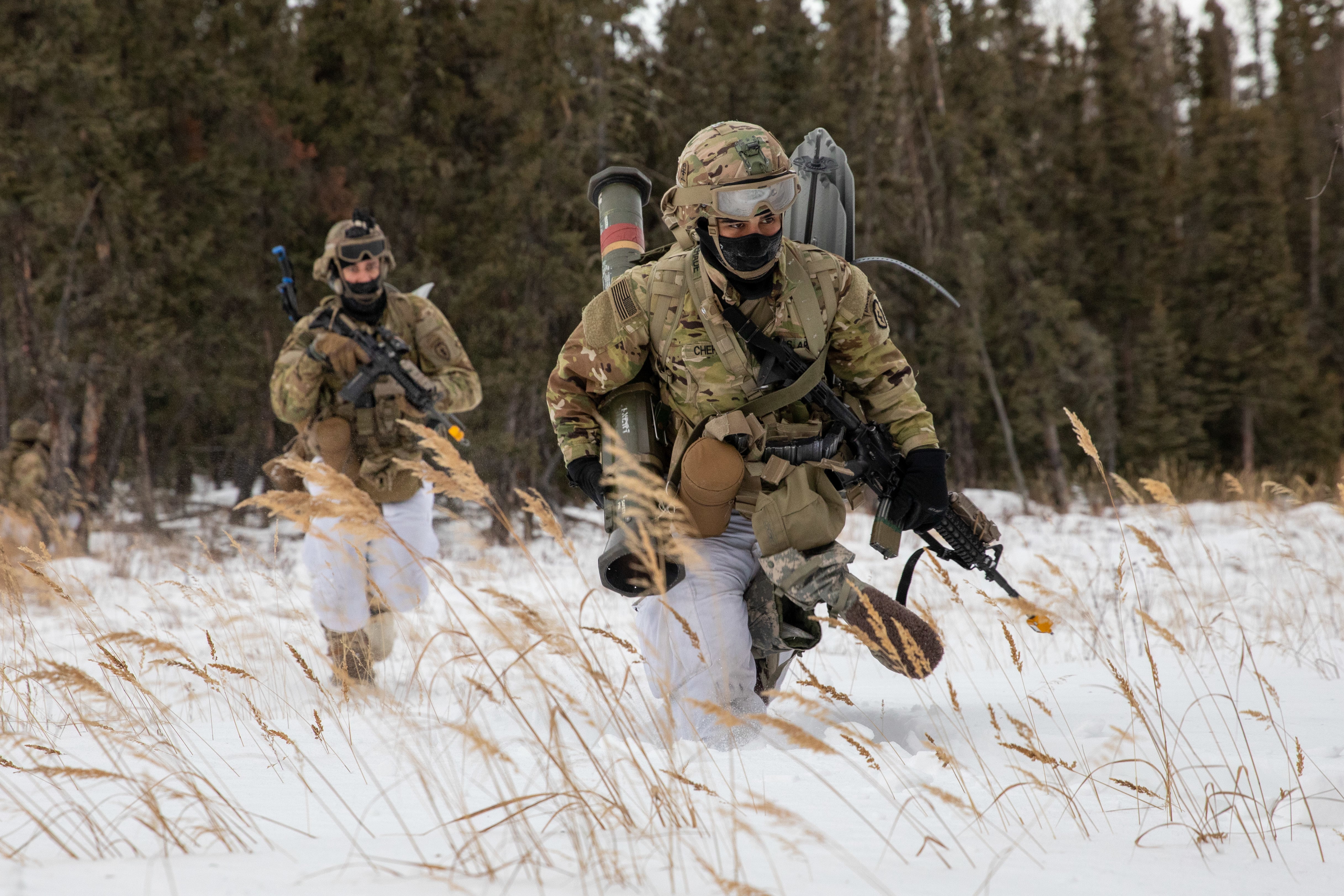Everything takes longer in sub-zero temperatures. Dismantling crew-served weapons, setting up a tent or simply keeping water from freezing solid are among the daily soldiering tasks that become markedly more difficult as temperatures drop and fingers numb.
Curbing the cold’s deleterious effects on electronics, machines and the human body is something troops assigned to U.S. Army Alaska command once knew well, but two decades of deployments to the Middle East eroded much of that ingrained knowledge.
As the Arctic warms, sea ice melts, shipping lanes emerge and resource exploitation booms, the chance for conflict between nations in the region could increase as well.
The Army is set to publish a new “Arctic strategy” in the coming weeks to address how the service will defend America’s Arctic holdings. But the shift can already be seen for Anchorage-based paratroopers who were dispatched hundreds of miles north this February for a brigade-sized exercise at the Donnelly Training Area, in Alaska’s interior.
The training event, called Arctic Warrior 21, is part of a renewed focus on cold weather warfare that inverts the old, summer-focused training cycle and pushes soldiers into the field during the winter.
“It’s a return to the way things used to be in Alaska,” said Maj. Gen. Peter Andrysiak, the Army’s top officer in the region. “There used to be a series of large-scale exercises that took place in the February-March time frame, but that really stopped in probably the early 1990s.”
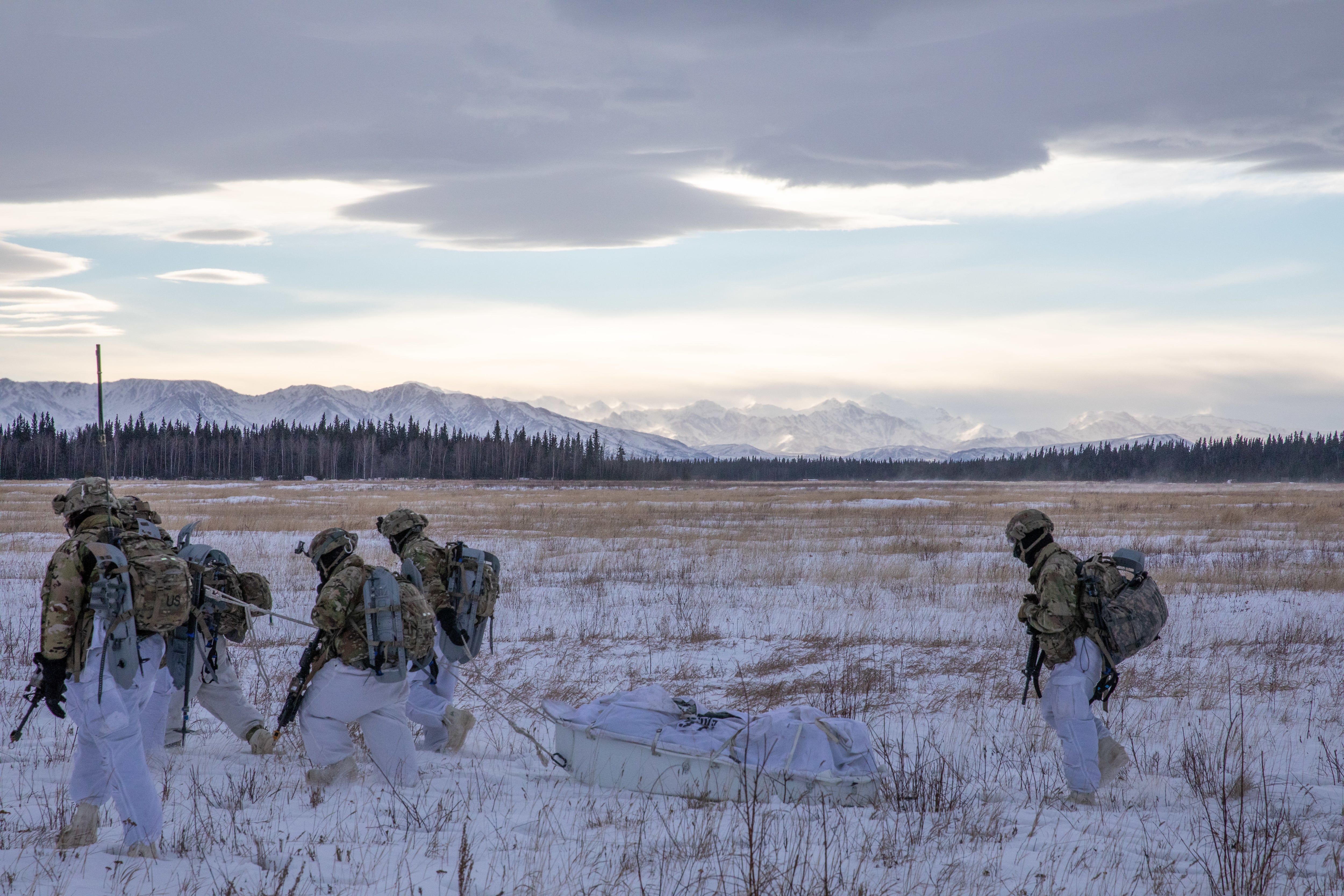
Extreme cold, heavy snowfall and rugged terrain dominates Alaska, but not all of the state is the same.
The soldiers participating in the February exercise are from 4th Brigade, 25th Infantry Division, an airborne infantry unit that typically parachutes near the relatively warmer installation of Joint Base Elmendorf–Richardson in Anchorage.
“They’re going to have to do more of those proficiency jumps here in the north,” Andrysiak said in a recent telephone interview. “When they hit the ground and its 30 below and wind chill is minus 50, that’s a significant difference from what they would do at JBER. That has to be a regular thing to be good at it.”
The 10-day Arctic Warrior exercise is also a chance to perfect the minutia of cold-weather living: how to layer clothing properly, how to set up tents with heaters and how to pull a sled full of a squad’s essential gear.
“If we’ve learned anything, it’s the patience required and the understanding that everything takes additional time,” 4th Brigade commander Col. Chris Landers said by telephone. “You have to bring the means to keep soldiers warm everywhere you go. ... And up here, in a matter of hours, if you haven’t taken steps to make sure you’ve got liquid water, you’ve got an ice block.”
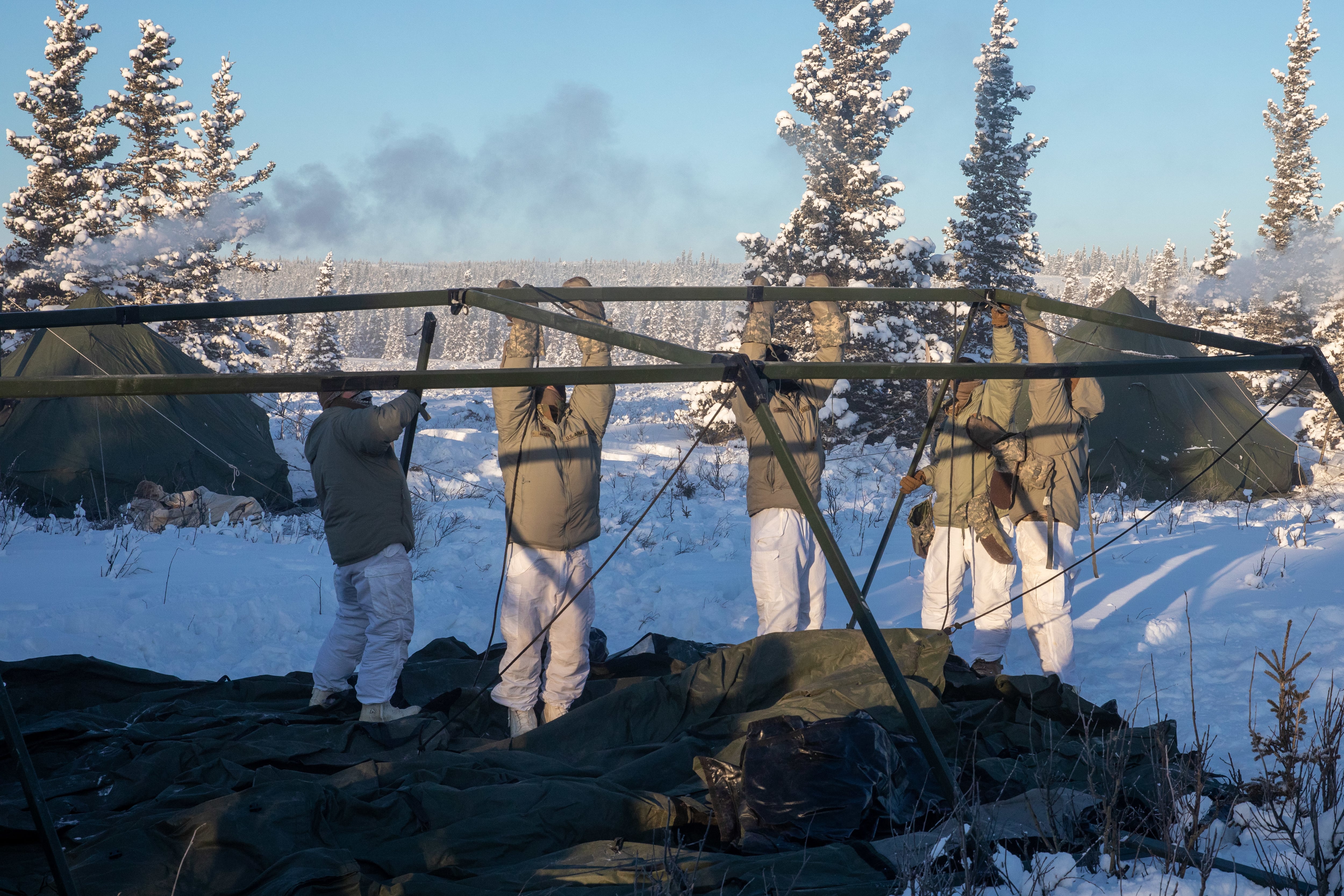
Soldiers sleep in 10-man tents, operate small stoves and learn quickly the type of work-rest cycle needed to fend off the elements. There have already been some frostbite cases during this exercise, but Landers said they were all superficial and recoverable.
Machinery also succumbs quickly to the harsh climate.
“Anything that’s pressurized or will use a rubber hose or a hydraulic, all those things expand and contract in cold weather, they get brittle, they cause leaks and they cause maintenance problems,” Landers added.
The Army has standardized equipment for brigade combat teams, but the Arctic requires unique tools. Stryker vehicles and Humvees, for instance, have a hard time leaving roads and driving over the deep snow.
“We have to pull things out that we haven’t used in a while called the small unit support vehicle, or SUSV,” said Andrysiak. “That is a rubber-tracked little machine that the Army bought in the 1980s. It never became a program of record, so it’s something similar to what you might see at a ski resort.”
“At one point in time there were about 700 in Alaska. There’s about 50 operational right now,” Andrysiak added.
The Army is running a “gap analysis” during the February exercise to determine what resources U.S. Army Alaska will need in the future, including changes to its vehicle fleet.
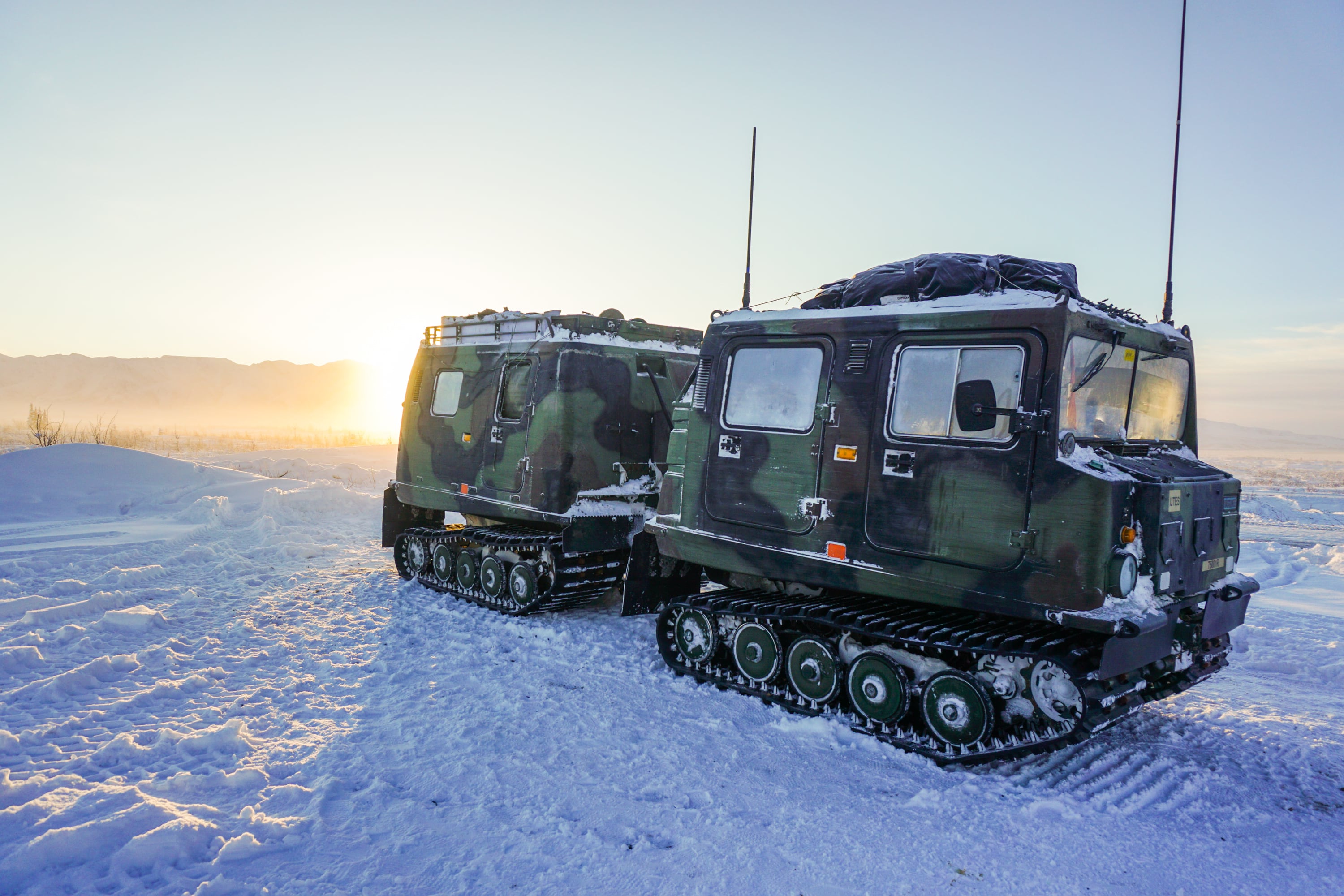
“There’s going to have to be equipment changes to the formation. That is broadly recognized,” Andrysiak said. “We have extreme cold and snow terrain, but the Arctic is transformed in the summertime. Where you once had frozen ground, now you have mud and you can’t drive on that either. So we got to have a platform that works in the winter and the summer.”
The needs of Andrysiak’s soldiers appear well-received among Pentagon leadership.
Army Chief of Staff Gen. James McConville teased elements of the upcoming Arctic strategy during a Feb. 17 discussion at the Heritage Foundation in Washington, D.C.
The units in Alaska are “not really equipped to the level we want, so we’re taking a look at that,” McConville said. The Army is also looking at transforming the two-star headquarters in Alaska into an operational headquarters and establishing a multi-domain task force there.
Multi-domain task forces combine long-range missiles, electronic warfare and cyber capabilities to create area denial weapons. Russia has made similar adjustments in its own Arctic holdings by increasing its coverage of radar, air defense and anti-surface missiles, as well as building new infrastructure.
Russia and the United States are just two of the eight Arctic nations eager to protect shipping lanes and guard access to precious resources like hydrocarbons. The Canadian military, a key stakeholder in the region, provided aviation support for Arctic Warrior 21.
“As the situation changes up there and there is more freedom of movement, we certainly want to make sure that we protect our interests,” McConville said of the Arctic during a January discussion at the Association of the U.S. Army.
The Combined Arms Center at Fort Leavenworth, Kansas, sent representatives to the February exercise to assist with the gap analysis. Their assessment will help determine how much organizational change and what funding increases need to be made in Alaska, but that’s only one piece of the global Arctic region.
“The other thing that they’ve asked us to do is, for the Army, if they have to deploy this capability out of Alaska, they’ll do it to another [area of operations] that has a similar environment,” Andrysiak said.
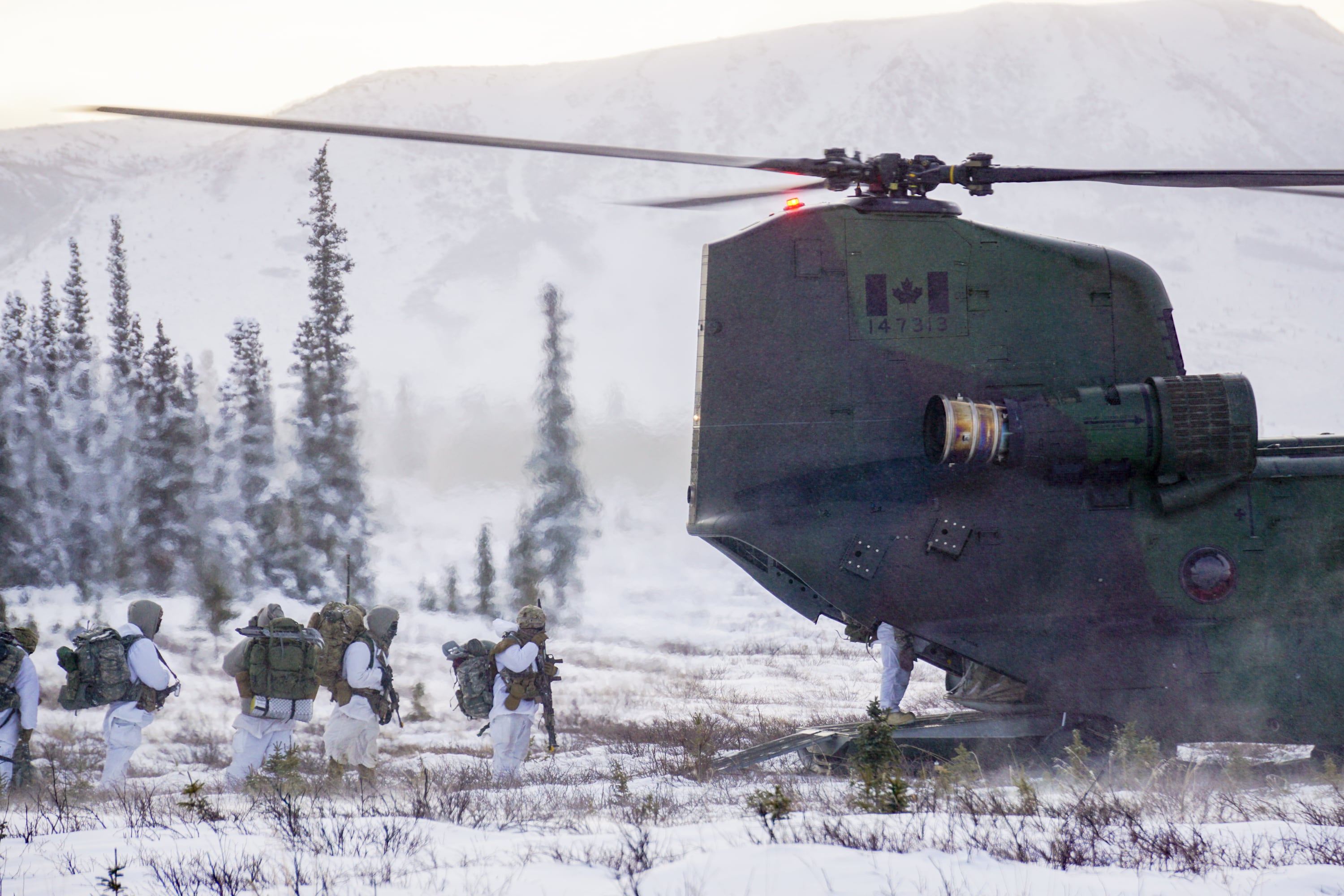
Budding relationships between U.S. Army Alaska and foreign nations underscore that global ambition.
The command recently took over responsibility for Yudh Abhyas, a bi-annual exercise with the Indian military. Yudh Abhyas was previously held at Joint Base Lewis McChord, in Washington state, and focused on desert climates, but that’s now changing to an Arctic mission.
U.S. soldiers are also planning an exercise with Indian troops in the Himalayas, where India has a contentious border with neighboring China. Working in the Himalayas offers unparalleled mountaineering instruction for Andrysiak’s troops, he said.
“How big it will be is unknown at this time,” Andrysiak added. “It’s just developing and it’s part of a multi-year approach.”
European partners, like Norway, Sweden and Finland, are also beginning to coordinate with Andrysiak’s command, he noted.
Scandinavian militaries operate in climates similar to that of Alaska and can offer U.S. soldiers valuable lessons when it comes to maneuverability and living in cold, dry weather.
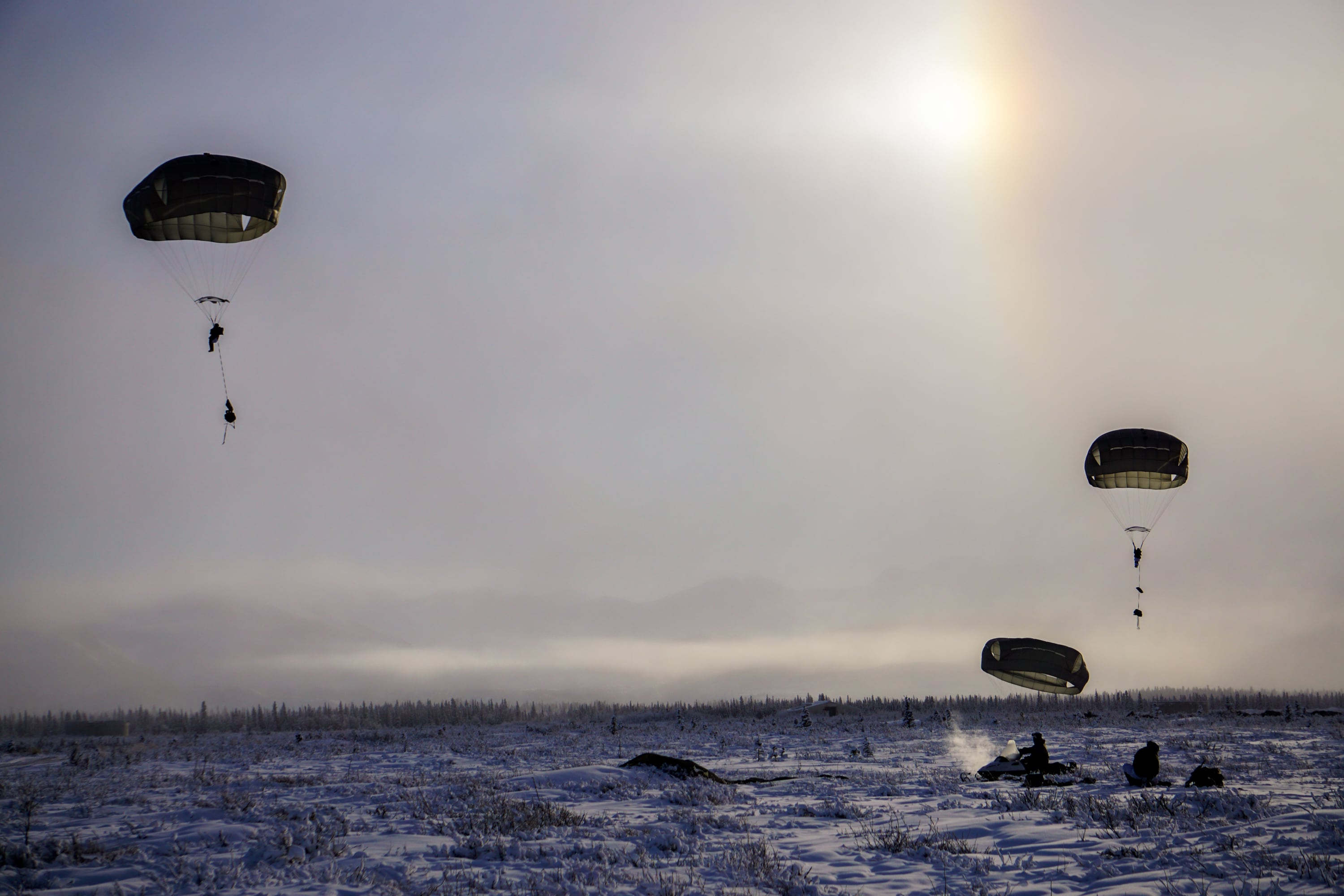
The focus on Arctic specialization inverts the training tempo for troops in Alaska. During the Afghanistan and Iraq years, soldiers did most of their collective training between March and October, avoiding the coldest parts of the year.
“It’s a complete flip,” Andrysiak said. “That annual battle rhythm has now been focused on the winter versus the spring, summer and early fall.”
For a command that has struggled with quality of life issues in recent years, the shift could help soldiers take advantage of Alaska’s long summer days and vibrant nature. But some soldiers simply aren’t interested in the outdoor activities Alaska offers, or can’t adapt to the limited sunlight during the winter months.
Part of the Arctic strategy will be focused on personnel issues to address that. U.S. Army Alaska wants to retain more soldiers who already enjoy living in the north, rather than lose them to mandatory moves to new posts, as well as entice back to the region some soldiers who were previously assigned there.
The command also plans to launch a new recruiting initiative that will offer special contracts to soldiers living in similar environments, like Colorado. Recruits who opt in will go to Alaska instead of being randomly assigned elsewhere in the country after finishing initial training.
“The plan is to try and pull in those who live in similar environments that are more apt to thrive because they grew up skiing, snowboarding, so on and so forth,” Andrysiak explained. “It doesn’t mean that if you’re from the south and you want to give it a try this will close any doors. We’re just trying to open more opportunities. ... we’re trying to give them more say in getting up here.”
Kyle Rempfer was an editor and reporter who has covered combat operations, criminal cases, foreign military assistance and training accidents. Before entering journalism, Kyle served in U.S. Air Force Special Tactics and deployed in 2014 to Paktika Province, Afghanistan, and Baghdad, Iraq.
